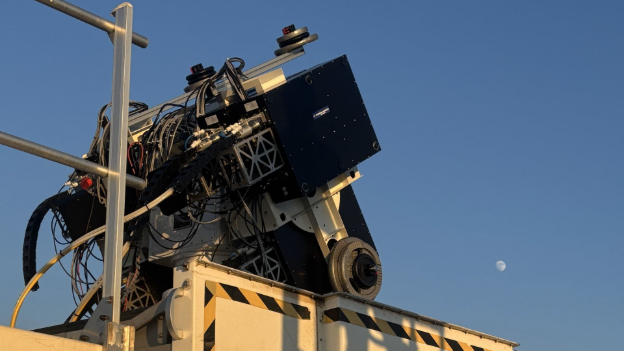October 2, 2025. Recently, the European Space Agency (ESA) has completed its deep-space optical communications campaign and sent laser signals to NASA’s Psyche spacecraft more than 300 million kilometers from Earth. Key optical components from Altechna, a global custom optics manufacturing company, were used in the mission’s Ground Laser Transmitter (GLT).
Altechna provided 3-inch mirrors and windows for the GLT system, helping to shape and steady the laser beam as it was sent across deep space. The parts kept the beam sharp and on target, even with heavy power use and interference from Earth’s atmosphere.
“Our role is to make optics that function in the toughest conditions, whether that’s inside a laser weapon, or in a beam path pointed deep into the solar system,” said Antanas Laurutis, CEO of Altechna. “We can’t lose signal to scattering, distortion or damage. That’s where every nanometer of coating quality matters.”
In deep-space optical links, even basic components such as mirrors and windows are critical. Especially at interplanetary range, tiny flaws can scatter light and disrupt the signal. Precision coatings, low absorption, and perfect flatness is what keeps the beam intact over hundreds of millions of kilometers.
ESA’s successful mission is a historic step toward more advanced space communication. Most space missions still rely on radio links, but their limited capacity makes it harder to support growing data needs. Optical systems offer a faster, more efficient alternative, with lower delays and greater resistance to interference.
As missions go farther to the Moon, Mars and beyond, the demand for more data in science, navigation and operations keeps rising. Optical communication offers a clear and effective way to meet that demand.
“We are proud our optics helped make this campaign possible. Looking ahead, we see optical communication as a foundation for the next era of space exploration,” Laurutis added.
Source: Aivaras Vilutis










Be the first to comment on "Optics made ESA-NASA deep-space communication a reality"